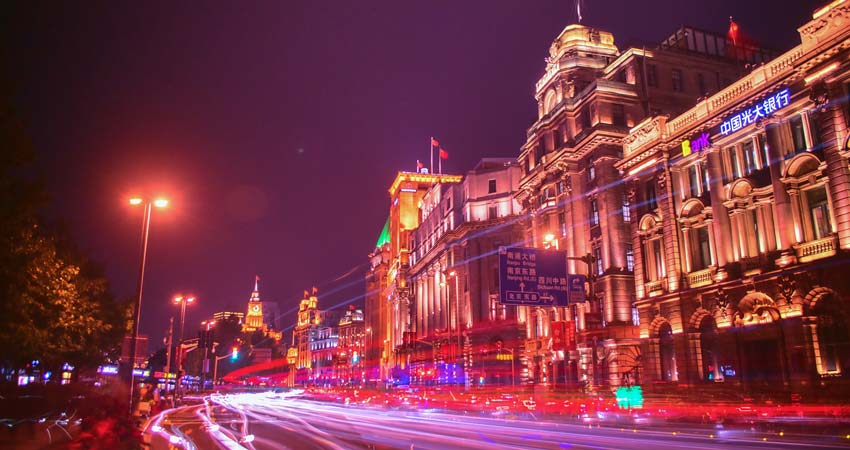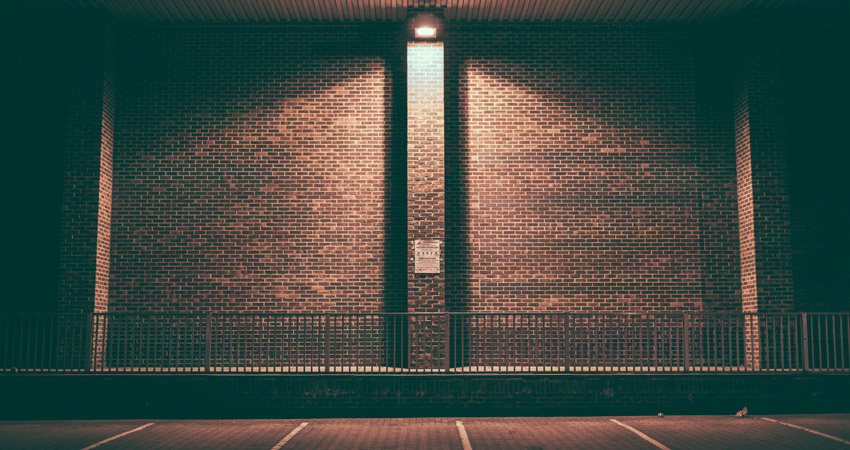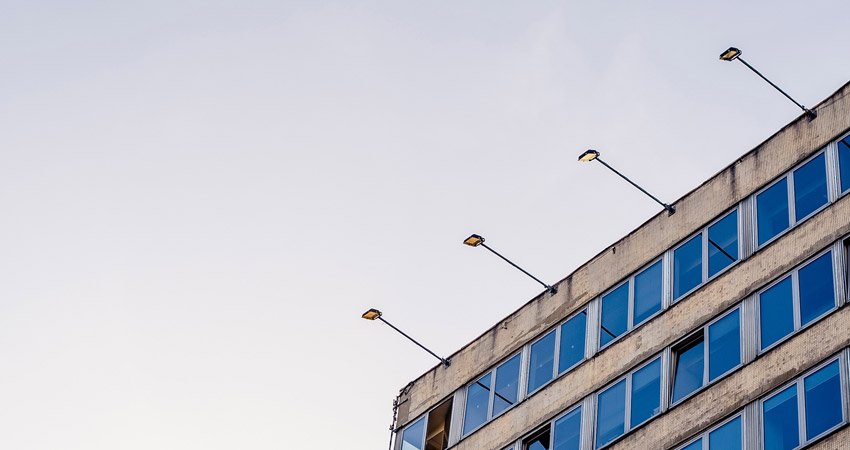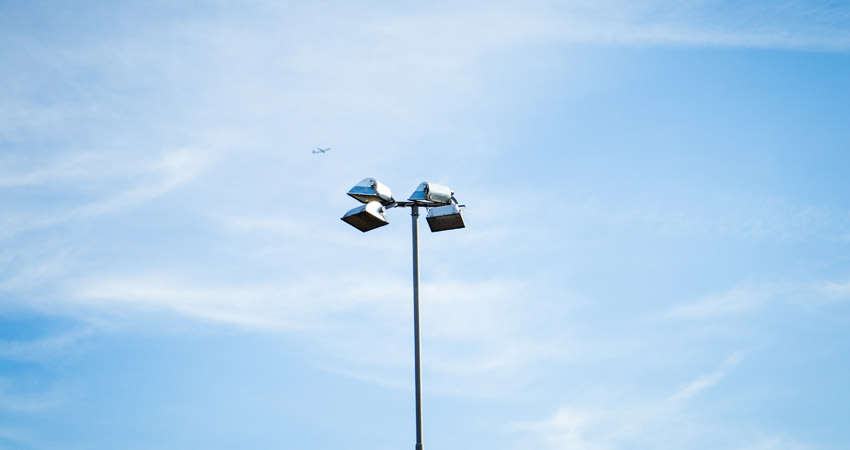Knowledge of Lighting Industry

When you choose to work in the lighting industry and want to purchase suitable products, please learn and understand the basic knowledge of lighting first.
What is LED?
LED is the abbreviation of “Light Emitting Diode” in English, which means “Light Emitting Diode” in Chinese.
LED is a solid-state semiconductor device that can convert electrical energy into light energy. It has advantages such as low power consumption, high luminous efficiency, long lifespan, vibration resistance, and environmental interference resistance, and is widely used in lighting, display, communication, medicine and other fields.
What is light?
The essence of light is an electromagnetic wave.
The light that can cause visual reactions is called “visible light”. Visible light is an electromagnetic wave with a wavelength of 380-780 nanometers, which is only a very small part of the electromagnetic radiation spectrum.
The light that cannot cause visual reactions is “invisible light”, such as infrared, ultraviolet, etc. The difference between visible light and visible light lies in the wavelength: electromagnetic waves less than 380 nanometers are ultraviolet, such as X-rays; electromagnetic waves greater than 780 nanometers are infrared, such as microwaves and broadcast radio waves. The unit of wavelength is nanometers (nm), which is equivalent to one billionth of a meter.
What is Luminous flux?
Luminous flux: refers to the amount of light, the total amount of visible light emitted by a luminous body per second. Luminous flux is an indicator that measures the amount of visible light output from a light source, and it is a measure of visual response. The unit is: lumens (Lm).
The greater the luminous flux of a light source, the more light it emits, and its brightness and lighting effect will also be correspondingly enhanced. In lighting design, luminous flux is a very important parameter that can help designers choose appropriate light sources and lighting schemes to meet specific lighting needs and site requirements.
What is Luminous efficiency?
Luminous efficiency, also known as luminous efficiency, refers to the ability of an electric light source to convert electrical energy into light.
Luminous efficiency is the ratio obtained by dividing the luminous flux emitted by it by its power consumption. The higher the value, the higher the efficiency of the light source.
The unit is t lumens per watt (lm/w). Luminous efficiency (lm/w)=lumens (lm) ÷ power consumption (w)
What is Luminous intensity?
Luminous intensity: light intensity, the luminous flux emitted by the illuminant within the unit solid angle in a specific direction. It is usually expressed in I, and the unit is candela (cd).
What is Illumination?
Illumination: the amount of light received per unit area, in lux. The higher the illumination, the brighter the place.
What is Color Temperature?
Color temperature: A parameter used to describe the color of a light source, in Kelvin (K).
The common color temperature range of lighting fixtures is as follows:
2700K-3000K: Warm white, widely used for home lighting or occasions where a warm atmosphere needs to be created.
3500K-4000K: Natural white, usually used in office spaces, commercial spaces, or occasions that require high-quality lighting.
5000K-6500K: Cold white, usually used in situations that require high brightness lighting or need to present cool tones.
It should be noted that color temperature only describes the color tone of the light emitted by the lamp, without describing its brightness, luminous flux, color rendering and other characteristics. Therefore, when selecting a lamp, different factors need to be comprehensively considered.
What is Glare?
Glare refers to the phenomenon of visual discomfort or interference caused by light shining on the eyes. Glare may cause eye fatigue, blurred vision, blindness, or other visual impairments, especially in low light or dark environments, which are more prone to glare issues.
Glare is usually caused by factors such as excessively bright light sources, light source reflections, scenes with large contrast differences, or glasses. For example, when driving at night, the brightness of a car’s headlights can cause glare from other drivers, causing their line of sight to be disrupted; In the office, excessively bright lights or light source reflections may cause employees to feel eye fatigue and discomfort.
In order to avoid glare issues, lighting designers can take some measures, such as arranging the position of light sources reasonably, selecting appropriate lamps, using appropriate materials and surface treatment methods, etc., to reduce light source reflection and contrast differences. In addition, using appropriate curtains and shading facilities can help prevent glare caused by sunlight or sunlight.
What is Beam Angle?
Beam angle: The spatial distribution of light emitted by a spotlight, which is the cone angle that is strongest in the center and gradually weakens to 50% of the central light intensity in all directions, is called the beam angle.
What is Flicker?
Flicker refers to the rapid flickering phenomenon generated by a light source during the illumination process.
This flicker is caused by changes in the voltage of the light source during the power cycle. Under strobe lighting, it is difficult for the human eye to detect this flicker, but it can cause discomfort and visual fatigue for some people, and may also lead to symptoms such as migraines and dizziness. Therefore, stroboscopic issues should be avoided as much as possible in lighting design.
What is CRI?
Color Rendering Index (CRI): A parameter that describes the ability of a light source to restore the color of an object, with values ranging from 0 to 100.
The higher the CRI, the better the light source can restore the color of the object.
What is Power Factor?
Power factor(PF): The ratio of useful power to actual power in a circuit.
The lower the power factor, the higher the harmonic content in the current, causing pollution to the power grid, disrupting its balance, and increasing reactive power loss.
What is IP?
IP level refers to the protection level of electrical equipment, used to represent the protective ability of electrical equipment against solid objects and liquids.
The IP level is composed of two numbers, the first number represents the level of protection against solid objects, and the second number represents the level of protection against liquids. A larger number indicates a higher level of protection.
The specific meaning of IP level is as follows:
| First digit (anti solid level) | Second digit (anti liquid level) |
| 0: No protection | 0: No protection |
| 1: Protected against objects with a diameter greater than 50mm | 1: Can prevent vertical water droplets from entering |
| 2: Protected against objects with a diameter greater than 12.5mm | 2: Can prevent vertical water splashing from entering |
| 3: Protected against objects with a diameter greater than 2.5mm | 3: It can prevent rainwater or oblique splashing water from entering |
| 4: Protected against objects with a diameter greater than 1.0mm | 4: It can prevent large waves or water splashing from any direction from entering |
| 5: Protects against dust, but cannot completely prevent entry | 5: It can prevent low-pressure splashed water from entering |
| 6: Fully protected against dust and dirt | 6: Can prevent high-pressure splashed water from entering |
| 7: Can prevent immersion in water for a short period of time | |
| 8: Able to soak in water for a long time |
For example, IP65 indicates that electrical equipment has a protection level of 6 for solid objects (capable of fully protecting against dust) and 5 for liquids (capable of preventing the entry of low-pressure splashed water).
IP level is commonly used to indicate the protection level of lighting fixtures, electronic equipment, industrial equipment, etc.
When selecting Lighting products, it is necessary to comprehensively consider the actual usage environment and select equipment that meets the protection level requirements.











